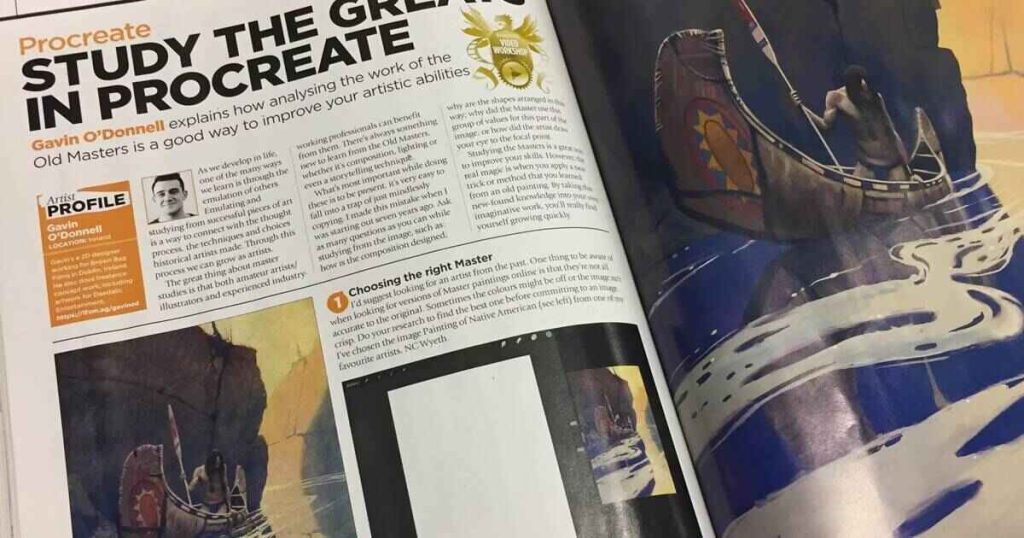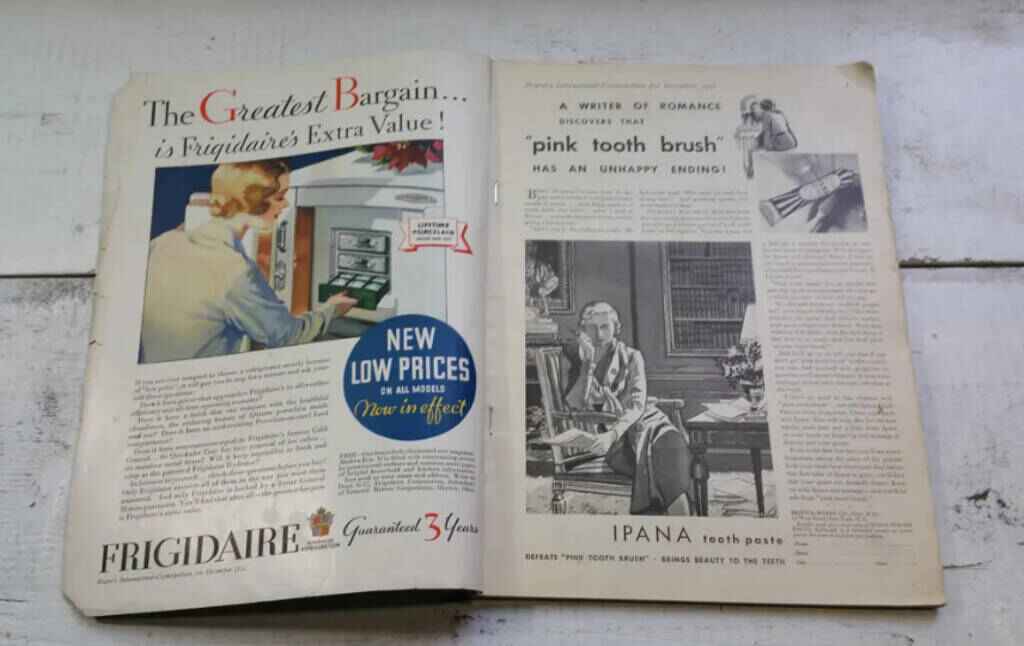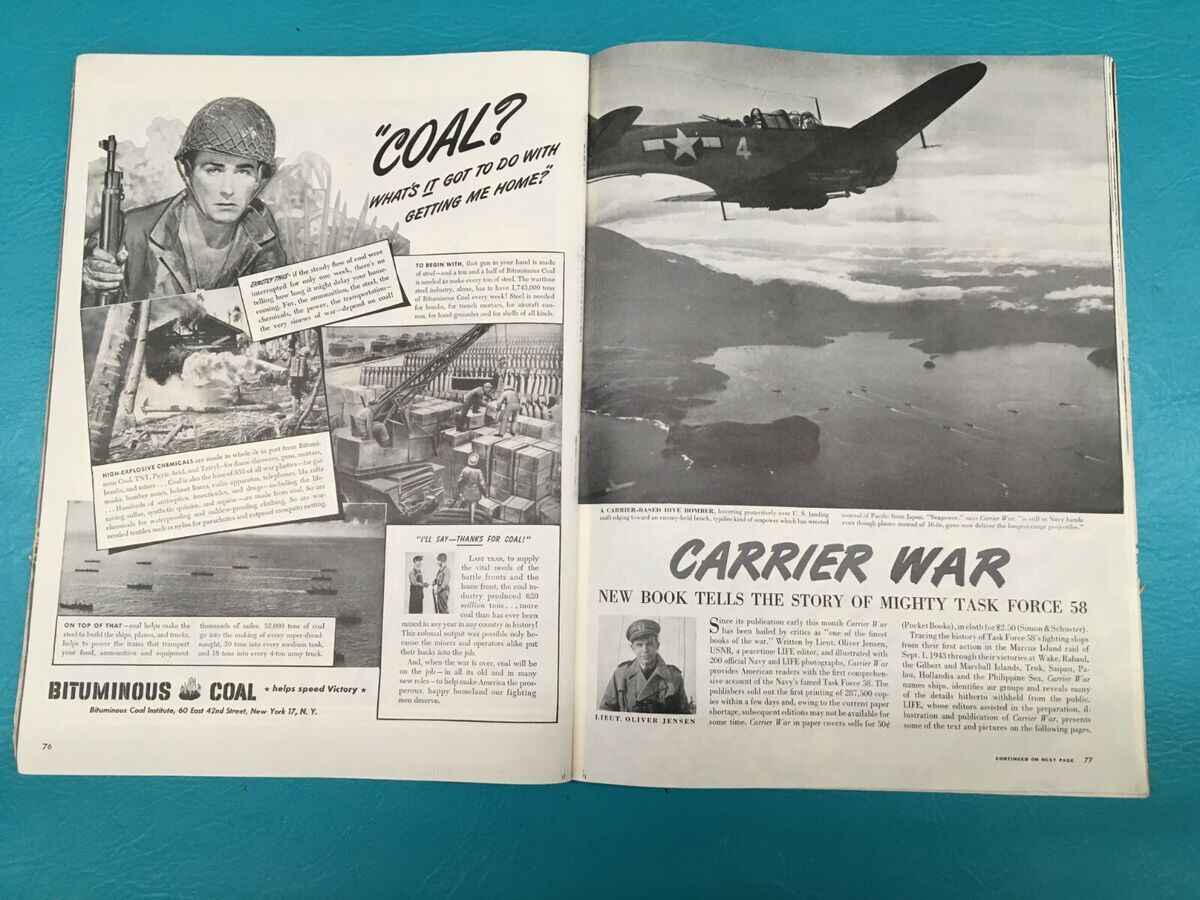Introduction
Life magazine, first launched in 1936, holds a unique place in the history of American journalism and photography. Throughout its decades-long publication, it became synonymous with the power of the image, delivering not only breaking news but also offering a lens through which readers could view the world’s most pivotal moments. The magazine was particularly revered for its distinctive editorial vision and its ability to evoke deep emotions and stir conversation through visually stunning photojournalism and culturally relevant reporting. As Life magazine continued to evolve, it left a lasting impact on the media landscape and the collective consciousness of society. This blog post will explore the core values that guided Life magazine during its time, reflecting on its editorial principles, commitment to visual storytelling, cultural influence, and social responsibility.
The Vision Of A Pioneering Magazine

Life magazine, At the heart of Life magazine’s ethos was its revolutionary approach to journalism. The publication’s focus was not simply on news stories but on providing a richer, more immersive experience for its readers. Founded by Henry Luce, Life was designed to reflect the changing landscape of the world in the mid-20th century, with an emphasis on visuals to accompany compelling narratives. Luce believed that photographs had the power to communicate in ways that words alone could not, and this philosophy became the backbone of Life’s editorial direction. The magazine often featured some of the most iconic photojournalism of the 20th century, capturing both the joy and tragedy of life across the globe. Whether it was a famous political figure, a devastating war, or a moving human interest story, Life magazine was there to document it, ensuring that the images were as powerful as the words that accompanied them.
Beyond photography, Life also prioritized editorial quality, with a team of talented journalists and writers who brought depth to the visual stories. The magazine set the bar high for investigative reporting, often taking on complex and controversial topics. It strove to inform, entertain, and inspire its readers by connecting them to the world beyond their daily lives, enriching their understanding of global events.
The Power Of Photography
Perhaps one of the most defining aspects of Life magazine was its unparalleled focus on photography. In an era where visual media was often secondary to written content, Life recognized early on the ability of photography to transcend language barriers and capture the raw emotion of a moment. This commitment to photographic excellence became a hallmark of the magazine, with a particular emphasis on photojournalism.
The photographs in Life often became the defining images of their time, from the landing on the moon to the civil rights movement, and from warfronts to the peaceful moments of everyday life. The magazine’s photographers were not merely recording events; they were telling stories with their images. Each photograph in Life was a carefully crafted composition designed to provoke thought, evoke emotion, and deliver a powerful message to its audience. The photographers were as much artists as they were journalists, using their lenses to capture the human condition in ways that words alone could not convey.
Life was instrumental in shaping the art of photo essays, a format that would go on to become a staple of journalism. These photo essays would often accompany long-form articles, providing an evocative visual context that brought stories to life. The integration of powerful photography and journalism not only made Life a visual spectacle but also deepened the impact of its reporting, creating a lasting legacy of visual storytelling.
A Reflection Of American Culture
Throughout its history, Life magazine was an essential mirror to the cultural landscape of America. The magazine’s pages chronicled both the triumphs and challenges faced by the nation, reflecting the mood and the shifting social norms of each era. Whether covering the rise of the civil rights movement, the battle for gender equality, or the changing dynamics of the American family, Life sought to showcase a multifaceted portrait of the United States, capturing its complexities with nuance and sensitivity.
Moreover, Life often explored themes that were not always discussed openly in mainstream media, providing a platform for underrepresented voices and groups. For example, during the 1960s and 1970s, the magazine published several groundbreaking articles on race relations and the struggle for civil rights, portraying both the stark realities of segregation and the courage of those who fought against it. The magazine’s role in documenting these movements was vital in informing the public and shaping discourse around social issues in America.
Life also had an ongoing dialogue with popular culture, celebrating the icons and the trends that defined each era. The magazine was known for its famous covers, many of which became emblematic of the time in which they were published. From iconic images of movie stars like Marilyn Monroe and John Wayne to the captivating stories of everyday people achieving extraordinary things, Life captured the essence of what it meant to be American in the 20th century.
The Influence On Politics And Global Affairs

From its early days, Life was committed to covering world events with a level of depth and insight that was ahead of its time. The magazine’s global perspective was not just about presenting foreign news, but about shaping the way Americans understood the world around them. Its coverage of wars, political movements, and world leaders made it an influential player in the political discourse of the era.
The magazine played a pivotal role in how the American public viewed conflicts such as World War II, the Korean War, and the Vietnam War. Through its photographic coverage, Life was able to offer a window into these global events, bringing home the realities of war and human suffering in ways that news reports alone could not achieve. The magazine’s portrayal of the Vietnam War, in particular, was notable for its unflinching commitment to presenting the brutal realities of the conflict. These images left an indelible mark on public opinion and contributed to the growing anti-war sentiment of the time.
Life’s coverage of political leaders such as its iconic images of John F. Kennedy, Martin Luther King Jr., and Lyndon B. Johnson helped shape public perception of these figures. The magazine’s photojournalists were often in the thick of history, documenting not just the leaders themselves but also the people who supported or opposed them. This made Life a key player in shaping the narratives surrounding political events and movements, further enhancing its reputation as an influential publication.
Commitment To Social Responsibility
One of the most admirable values of Life magazine was its deep sense of social responsibility. The magazine recognized that it was not just a source of entertainment or news, but also a tool for social change. Through its editorial choices, Life consistently tackled issues of inequality, injustice, and human rights, pushing the boundaries of conventional journalism to highlight the causes that needed the most attention.
The magazine’s focus on issues like poverty, education, and health brought critical social issues to the forefront, encouraging a national conversation about what needed to be done. Its articles on subjects such as the struggles of Native Americans, the plight of African Americans in the South, and the challenges of migrant workers were important in shining a light on the realities of these communities and advocating for change.
Life’s commitment to racial diversity and gender equality was evident in the stories it published. While the magazine had its shortcomings, especially in its early years regarding representation, over time it took significant strides in showcasing a wider range of voices. The magazine not only focused on mainstream American culture but also paid attention to the contributions of marginalized groups, illustrating the complex social fabric that made up the United States.
In some ways, Life acted as a moral compass for the nation, offering stories that asked readers to reflect on their own role in society and their responsibility to others. The magazine’s thoughtful and often courageous approach to controversial issues made it a respected and beloved institution for decades.
The Decline And End Of An Era
Despite its immense success and influence, the landscape of journalism began to change in the 1970s and 1980s, and Life magazine struggled to adapt to the rapidly evolving media environment. The rise of television, the shift toward digital media, and changing consumer preferences led to a decline in the magazine’s readership. The final issue of the original Life magazine was published in 1972, though it briefly returned in the 1980s and 1990s before ceasing publication for good in 2000.
Life magazine, the legacy of Life magazine endures to this day. Its archives remain a treasure trove of visual and journalistic history, and its impact on American media and culture is undeniable. Life’s values of high-quality journalism, visual storytelling, and social responsibility continue to inspire new generations of journalists, photographers, and media consumers. In many ways, the magazine set the standard for how visual storytelling could be used to document the human experience, giving voice to the voiceless and telling the stories that mattered most.
The Role Of Life Magazine In Shaping American Media

As a pioneer in visual journalism, Life magazine played a critical role in reshaping American media. During a time when newspapers and radio were dominant, the magazine distinguished itself by giving more space to photography than any other publication of its kind. Its glossy pages offered a vivid and direct visual representation of history, far beyond what could be achieved through written text alone. This marked a significant departure from the norm and altered how other publications would approach storytelling in the years that followed.
Life’s combination of images and narrative set a new standard for magazine journalism. Through its powerful visual essays, the magazine demonstrated the effectiveness of pairing captivating photography with detailed storytelling, making the news not just informative but immersive. By presenting images of war, cultural movements, and everyday life, Life created an emotional connection with its readers, fostering empathy and understanding. This fusion of visual and editorial content, particularly in the form of photo essays, became a blueprint for future journalistic endeavors, making Life a model for how to engage an audience through both words and images.
Life magazine, Life also helped popularize the magazine format itself, raising the bar for competitors and encouraging an increased focus on visual content. Magazines that came after Life such as Time and National Geographic recognized the power of images and followed its lead, giving more weight to photojournalism in their own publications. In this way, Life helped transform the landscape of American media by championing photography as an essential tool in journalistic reporting.
Conclusion
Life magazine, The values of Life magazine the commitment to photojournalism, the dedication to social responsibility, the ability to reflect the culture and politics of the time, and the belief in the power of images to tell stories have left an indelible mark on the world of journalism and media. While the magazine’s original run may have ended, its influence can still be seen today in the way news is reported and in the role that visual media plays in shaping our understanding of the world. Life magazine may no longer be in print, but its legacy continues to live on, offering valuable lessons on the importance of storytelling, visual media, and the social responsibility of journalists.

